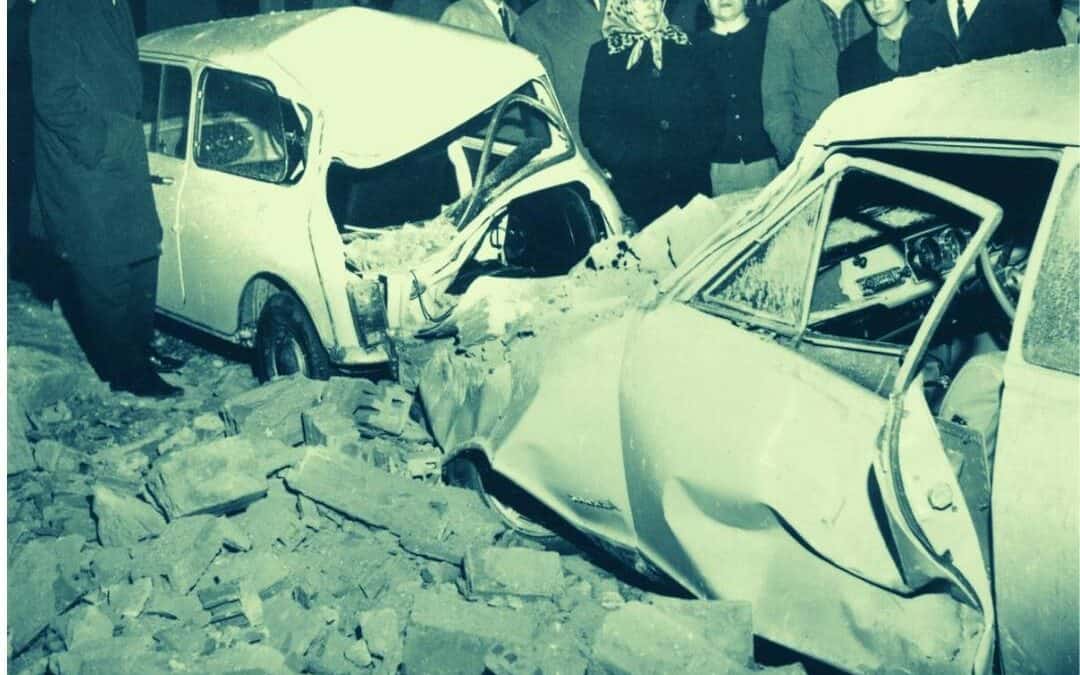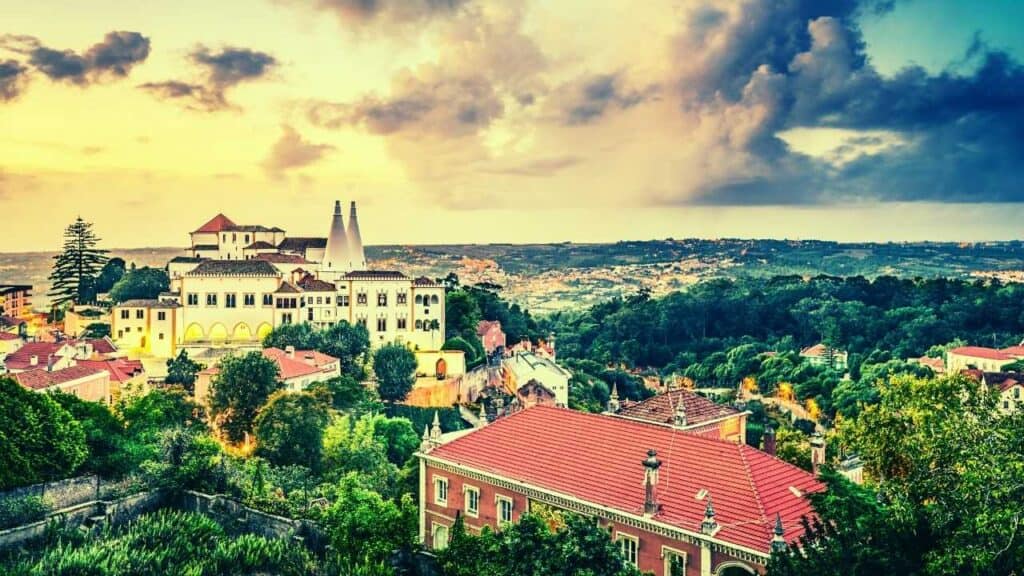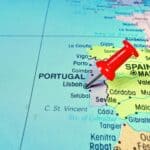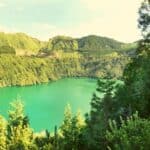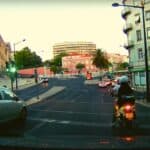Portugal is a country with moderate earthquake activity, but there are zones in the Tagus valley (which includes Lisbon) and in Algarve that have an intermediate level of danger and are considered seismic risk zones.
The last earthquake in Portugal took place on February 28 1969, registering a magnitude of 7.9. It was felt mostly in Lisbon and in the Algarve and there were 13 fatalities. Earthquakes in Portugal don’t occur frequently, but when they do they are often of high magnitude.
The two earthquakes (November 1 1755 and February 28 1969) with greater magnitude in Europe since the year 1000 were generated off the coast of Portugal, and were felt intensely in Lisbon and Algarve.
Does this mean you should cancel your plans to move to Lisbon or Algarve? No. But it doesn’t hurt to be prepared – and it might hurt if you’re not! So read on.

The Lisbon earthquake of 1969
On February 28, 1969 Portugal felt its last major earthquake to date. It was the most important in terms of the effects felt in Portugal and Europe from 1900 to the present.
The epicentre was at sea, some 250 kilometres (155 miles) southwest of Lisbon and about 200 kilometres (124 miles) from the Cape of São Vicente, the southwesternmost point of Portugal and of mainland Europe. The earthquake occurred at dawn, at 3:41AM, on a cold night after a rainy day in Lisbon. It registered a magnitude between 7.3 and 7.9 degrees on the Richter scale.
(Scroll to the bottom of this post to watch a documentary in Portuguese about the 1969 earthquake in Portugal).
The tremors were felt throughout Portugal from north to south. People ran to the street from north to south “em trajes menores” (in their smalls), as the newspapers put it at the time. There were a total of 13 fatalities countrywide, of which only two were a direct consequence of a cave-in. The rest were a result of a heart attack.
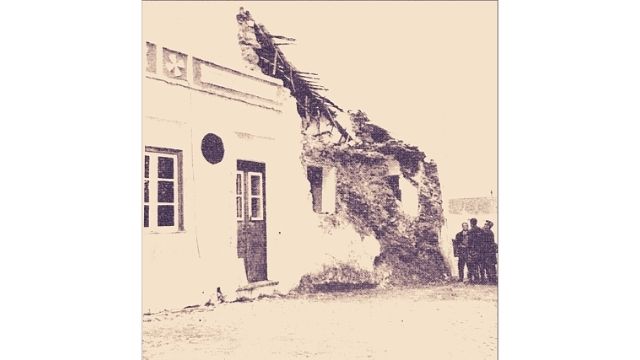
Portugal’s 1969 earthquake was felt up to 1,300 km (930 miles) from the epicenter, particularly in Bordeaux (Southwestern France), and in the Spanish Canaries islands. The panic and alarm it caused throughout the country, particularly in Lisbon and in Algarve (where it was felt with most intensity), were depicted in the pages of newspapers published at the time.
In Lisbon, panic was generalised during and after the tremors. Residents here were particularly aware their homes were built upon the ruins of the massive 1755 earthquake that had devastated the city.
Lisbon’s newspapers barely had time to cobble together the news of the earthquake in time for their daily edition, especially as there had been widespread outages of phone line and electrical power. Even so, their headlines clearly expressed the panic and alarm felt by Lisbon residents.
THE EARTH SHOOK: Overwhelmed by panic thousands of people took to the street dressed in their smalls, said the República newspaper’s front page issue of February 28 1969.
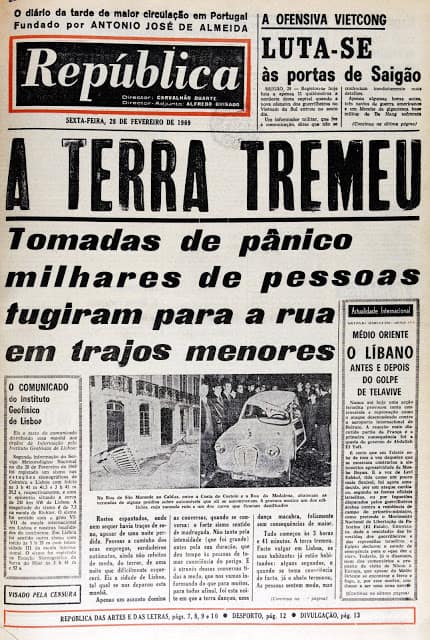
LISBON SHOOK AT DAWN BY THE MOST VIOLENT EARTHQUAKE felt in Portugal in the last 50 years and which rocked the entire country, said the A Capital newspaper’s front page issue of February 28 1969.
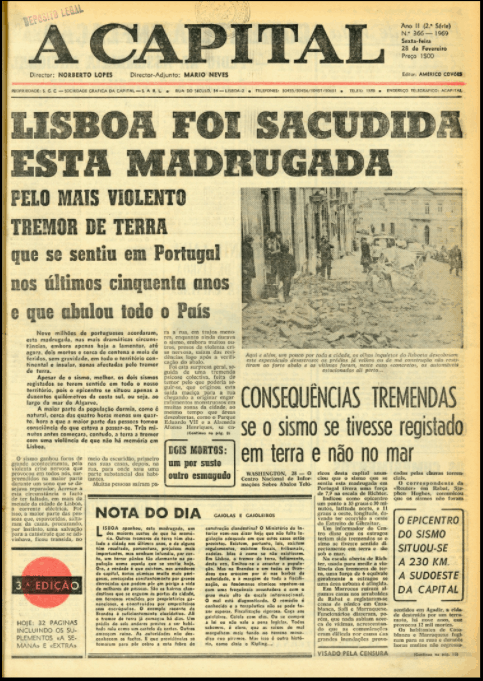
NIGHT OF PANIC: THE COUNTRY WAS SHAKEN AT DAWN BY A POWERFUL EARTHQUAKE (7.5 on the Richter scale), said the Diário de Lisboa newspaper’s front page issue of February 28 1969.
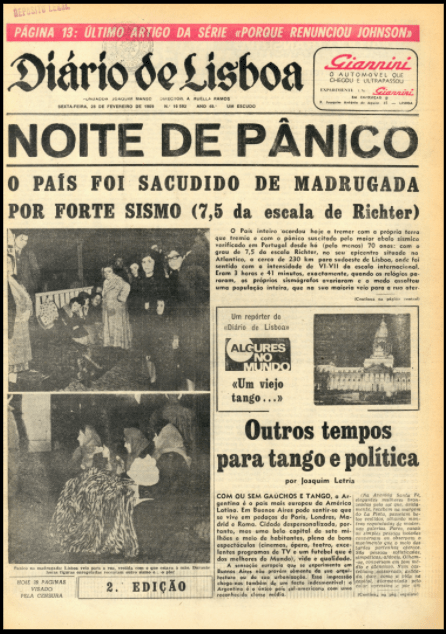
PANIC AND LOSSES THROUGHOUT THE COUNTRY CAUSED BY VIOLENT TERRESTRIAL TREMOR, said the O Século newspaper’s front page issue of February 28 1969.
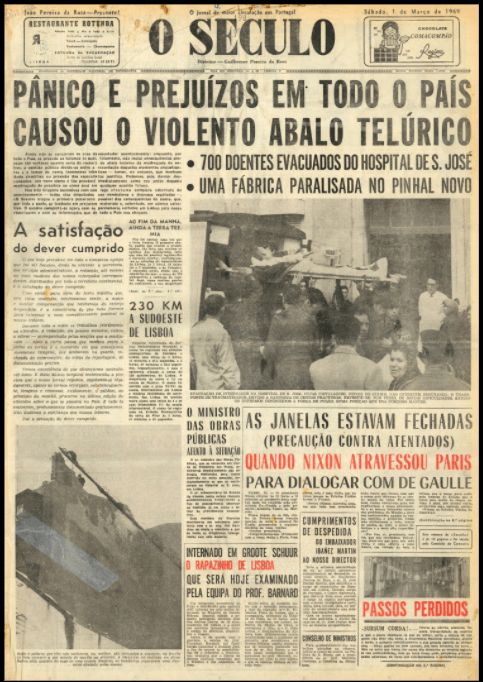
The ship “Manuel Alfredo” was on the way back from Angola in the high seas when it passed the earthquake’s epicentre as the earthquake struck. The captain Oliveira Manata reported that he was still awake in his cabin when he noticed the ship started “panting”, as he put it. The ship’s hull was flexing in and out.
Manata jumped out of bed and ran to the bridge, convinced the ship had hit bottom. He looked out and saw the ocean waters that “burbled as though in a teakettle,” he said. The moon had changed colour and they bounced like they were made of rubber, he told reporters. The captain didn’t learn the cause of these “strange and infernal” occurrences until he connected to a radio station in Morocco.
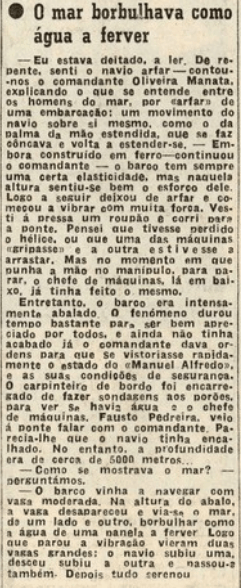
Lisbon’s newspapers also reported the tragic deaths of heart attack resulting from the “high emotions” felt during the earthquake. “HE FELL OUT OF BED AND DIED”, is the headline of an article in O Século. The article describes how 71-year-old António Arriano fell out of bed during the earthquake and collapsed with a heart attack as he fled to the door.
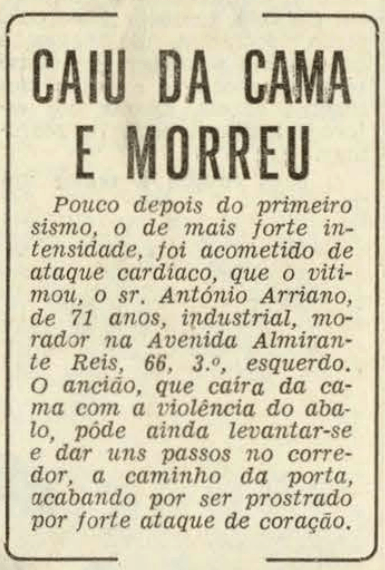
António Arriano, described as an “industrial” (business man) resided in Lisbon’s Avenida de Almirante Reis, one of the city’s main arteries, in number 66 on the third floor at the left, reported the article. The building (see image below) still stands proud today.
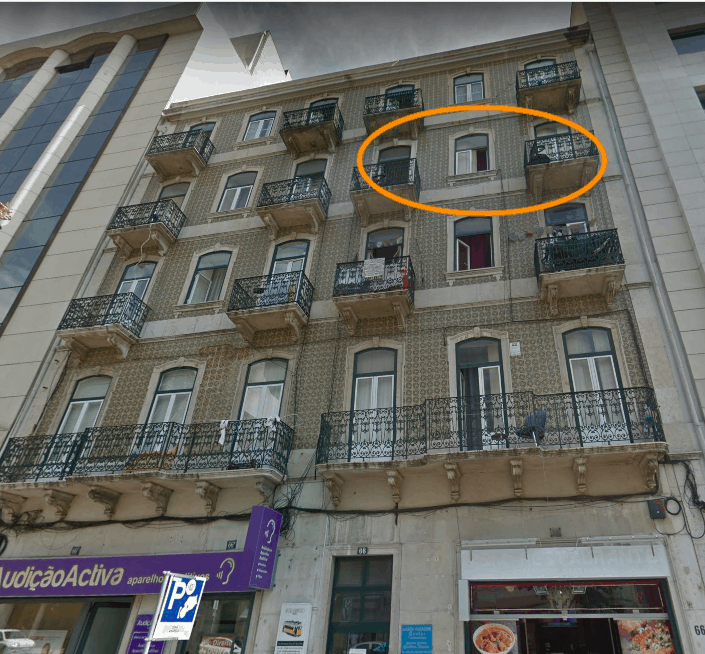
“EMOTION KILLED A WOMAN IN BARREIRO”, says another O Século headline on March 1 1969. The earthquake caused only one death in the outskirts of Lisbon, begins the article. “That is”, it continues, “not the earthquake itself, but its psychological consequences.”

Clementina Rosa Dias, 64, suffered such a severe cardiac commotion that she died on the way to the local hospital, where she had been transported in a serious condition. The unfortunate woman lived at Largo Luís de Camões, 9-Door 3, in Barreiro. Her modest building is still standing today. (See image below).
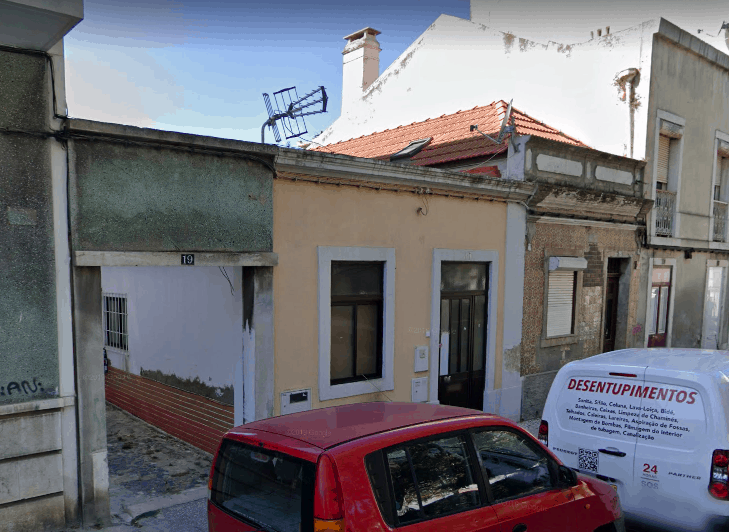
Meanwhile, in the Alentejo town of Grandola, 29-year-old bank teller Francisco Xavier Ferreira Bolera was lodged in a guesthouse when he heard “subterranean noises”. Terrified, he threw himself out the window and broke his leg. (See image of article below).
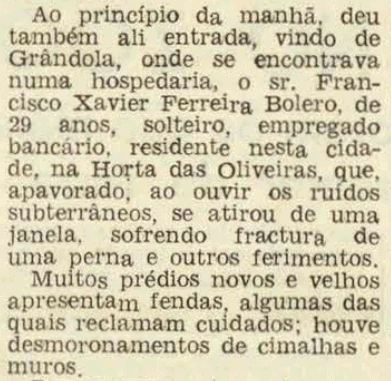
FUN FACT: I too lived through and remember the 1969 Lisbon earthquake. My brother and I were spending the night at my aunt’s 3rd floor apartment in Av 5 de Outubro in Lisbon, while my mother was pulling an all-nighter in her art studio across from Lisbon’s fine arts school.
I was 7 years old and woke up to the sound of my aunt’s perfume bottle tinkling on her marble-topped vanity table. My brother, who was sleeping in an adjoining room appeared in the doorway to the bedroom in his pyjamas and called me to join him there. He had heard, and heard rightly, that you should wait out an earthquake at a strong structural point, such as an internal doorway.
My aunt, who had been sleeping on a bed parallel to mine, had in the meantime jumped out of bed. She rushed to the phone on a desk in the drawing room, which was ringing ( miraculously, considering city-wide phone line outages). It was my mother asking if we were all right.
My brother, who was sleeping in an adjoining room appeared in the doorway to the bedroom in his pyjamas and called me to join him there. He had heard, and heard rightly, that you should wait out an earthquake at a strong structural point, such as an internal doorway.
We were fine, though shaken, literally, and so was my mother. In my innocence, I had felt excitement through the tremors rather than fear. Not long before that day, my aunt had explained to me what an earthquake was and described Lisbon’s 1755 catastrophe in ways that would not unduly upset me.
My aunt was born in Lisbon in 1900, and her own grandparents had elders who would have talked about the 1755 earthquake in Lisbon. So that if your family comes mostly from Lisbon, as mine does, stories of the calamity experienced on the morning of November 1, 1755, might have passed down the generations all the way to you.
Tips on what to do during an earthquake in Portugal
As stated above, earthquakes in Lisbon don’t occur with frequency, but when they do they have a high magnitude. The Portuguese earthquake awareness programme A Terra Treme, which is organized by Portugal’s National Authority for Civil Protection, recommends you should draw up an emergency plan for BEFORE, DURING and AFTER and earthquake.
I summarise their advice below.
BEFORE THE EARTHQUAKE
- Agree on a meeting point in case your family is separated during the earthquake
- Clear all obstructions to the front door in your home
- Organise an emergency kit containing:
- A first aid kit
- A charged power-bank to recharge your phone
- Anti-dust masks
- A whistle
- Any essential medication
- [A more general emergency kit should contain
- A flashlight
- A transistor radio
- A fire extinguisher
- Contacts phone numbers
- Copies of important documents
- Some cash
- Canned food and bottled water for 3 days]
- Identify your home’s structurally safest points: internal doorways, corners of load-bearing walls, under tables and beds
- Identify your home’s unsafe locations: next to windows, mirrors, lamps, high cupboards and heavy objects; as well as elevators and exit passages to the exterior.
- Attach shelves and high cupboards securely to the wall and secure pot plants on window ledges.
- Place heavier objects on the floor or on lower shelves.
- Teach all family members how to turn off the water, gas and electricity.
Identify your home’s structurally safest points: internal doorways, corners of load-bearing walls, under tables and beds
Recommendation by Portugal’s National Authority for Civil Protection
DURING THE EARTHQUAKE
If inside a building:
- If on the higher floors, stay away from the stairwell
- Never take the elevator
- Take shelter under an internal doorway, corner of load-bearing walls, a table or bed
- Extinguish any open flame (stove or candles)
- Stay away from windows and mirrors
- Beware of falling lamps, cupboards and heavy objects
- Don’t take to the stairs as they can easily become obstructed with building debris
- In factories, keep a distance from heavy machinery that can topple or slide
If in the street:
- Head to an open square or field in the opposite direction of the ocean and waterways
- Where possible stay away from buildings and electrical poles and cables
- Stay away from embankments, chimneys and balconies.
If driving:
- Stop your vehicle away from buildings, embankments, chimneys, balconies and electrical poles and stay inside
AFTER THE EARTHQUAKE
- Stay calm but expect aftershocks
- Don’t take to the stairs and elevators
- Don’t light a flame in case of gas leaks
- Turn off the water, gas and electricity and use a flashlight
- Turn on your battery radio or consult your smartphone and follow the recommendations by the authorities
- Don’t take to the street to see what happen so as not to obstruct emergency vehicles
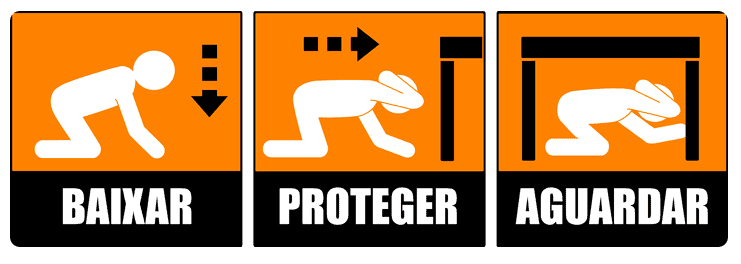
Watch a Portuguese documentary on the 1969 earthquake in Portugal
Want to read about why move to Portugal? Read our article on the main reasons expats love it.
Read other articles:
Where can you swim in Lisbon: List of public pools and tips
Lisbon has plenty of public pool facilities for you to swim laps or just to enjoy a leisurely dip. If you want to maintain your swimming routine, you can choose from Lisbon's municipal pools, outdoor ocean pools and hotel pools. Many are centrally located; others...
Moving to Sintra instead of Lisbon? Pros & cons to consider
If you are thinking of settling in Sintra for an extended period instead of in Lisbon, it’s likely that you fell in love with Sintra's beauty, romance and allure. But there are several things you should consider before making the move. The pros of living in Sintra...

